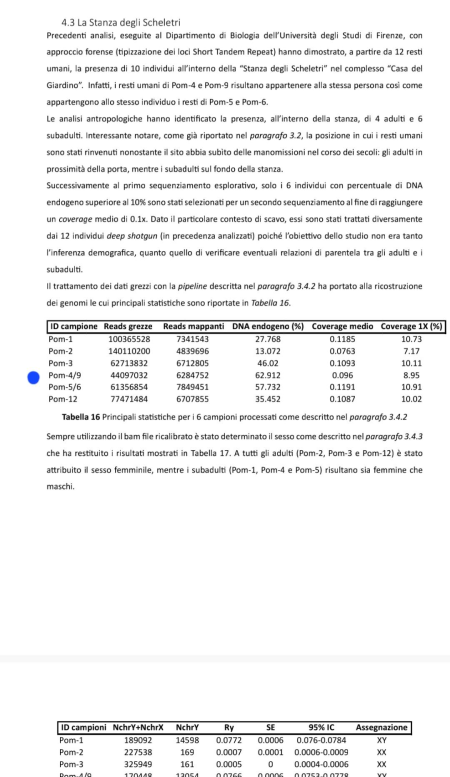Francesco
Regular Member
- Messages
- 304
- Reaction score
- 272
- Points
- 63
- Ethnic group
- Italian (tuscan)
PhD thesis about Pompei's population, in Italian.
The population seems pretty heterogeneous, with the bulk of it being aegean-like.
Some individuals look central italian-like and could be of mixed italic and greek ancestry.
There are a lot of outlier however, several from the Levant, while others seem to have a western eurpean background.

The population seems pretty heterogeneous, with the bulk of it being aegean-like.
Some individuals look central italian-like and could be of mixed italic and greek ancestry.
There are a lot of outlier however, several from the Levant, while others seem to have a western eurpean background.
Last edited:




